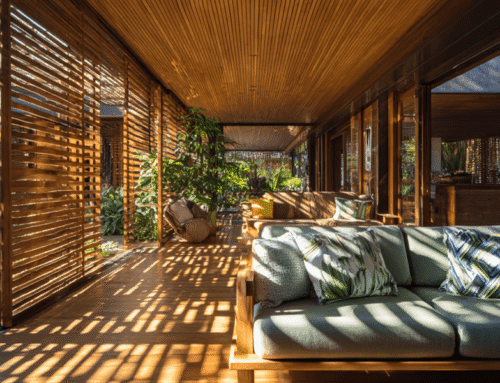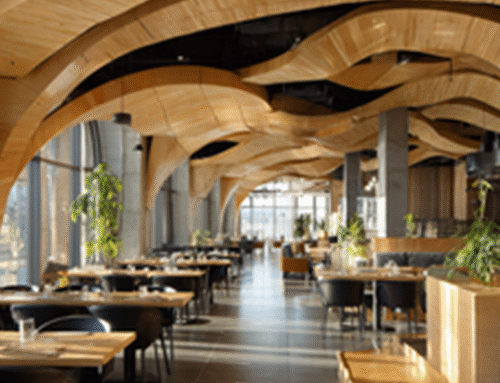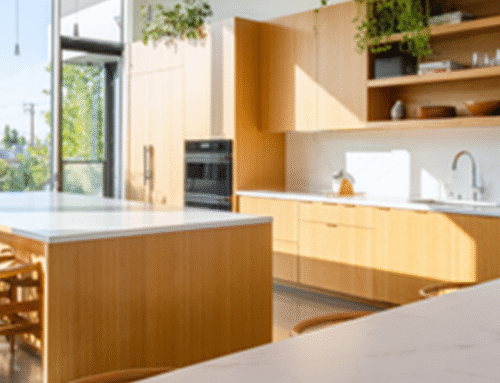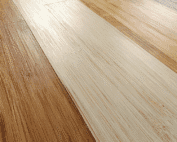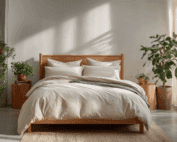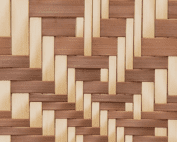The Ultimate Guide to Finishing Bamboo Plywood 2025: Best Methods & Materials for Architects, Builders, and DIYers

- Why Finish Bamboo Plywood?
- Best Finishing Options for Bamboo Plywood
- Step-By-Step Guide to Finishing Bamboo Plywood
- Common Issues and Solutions When Finishing Bamboo Plywood
- Real-World Coffee Stain Test: Before & After Results
- Long-Term Maintenance for Bamboo Plywood
- Why Bamboo Plywood Deserves the Right Finish
Bamboo plywood's rise in popularity is no surprise. Its durability, sustainability, and sleek aesthetic make it a favorite choice for furniture, flooring, and interior design projects. But to get the most out of bamboo plywood, knowing how to finish it properly is key. A high-quality finish not only enhances its natural beauty but also boosts durability, makes it resistant to moisture and UV damage, and ensures long-lasting performance.
This guide dives deep into everything you need to know about finishing bamboo plywood—from why it matters to the best methods and materials to use.
Why Finish Bamboo Plywood?
Finishing bamboo plywood isn’t just about aesthetics—it’s an essential step for preserving quality. Here’s why:
1. Increase Durability
Proper finishing helps protect bamboo plywood from cracking, warping, and moisture absorption, extending its lifespan. Bamboo is naturally robust, but a finish makes it even more resilient, especially in humid environments.
2. Enhance Aesthetics
A great finish brings out bamboo's gorgeous grain patterns, enriches color depth, and delivers a refined, premium look. Whether you’re designing furniture or wall panels, the right finish can elevate bamboo's natural appeal.
3. Protection From Environmental Damage
UV exposure, stains, and scratches can dull bamboo’s appearance over time. Finishing acts as a protective barrier, keeping your bamboo plywood looking great even with heavy use.
4. Promote Sustainability
Choosing low-VOC (volatile organic compounds) finishing products not only protects the bamboo but also contributes to healthier indoor air quality. Eco-friendly finishing options ensure that your project aligns with sustainable living principles.
By finishing bamboo plywood properly, it can handle wear and tear while maintaining its timeless beauty, making it the perfect choice for a wide range of projects.
Best Finishing Options for Bamboo Plywood
Not all finishes are created equal. The best finish for your project depends on factors like the environment, usage, and desired look. Here’s a breakdown of your options:
| Finish Type | Pros | Cons | Best For |
|---|---|---|---|
| Natural Oils (Tung Oil, Linseed Oil, Mineral Oil) | Eco-friendly, enhances texture | Requires reapplication | Indoor furniture, cutting boards |
| Hardwax Oil | Durable, water-resistant | Costly, limited color options | High-traffic areas, flooring |
| Polyurethane (Water-Based) | Strong protection, quick drying | May alter bamboo color | Kitchens, bathrooms |
| Lacquer (Nitrocellulose, Acrylic) | Smooth, glossy or matte | High VOC, complex application | Cabinets, furniture |
| Powder Coating | Industrial-grade durability | Requires special equipment | Outdoor furniture, commercial spaces |
Expert Recommendation:
For most indoor projects, water-based polyurethane is a versatile, eco-friendly choice. It offers excellent protection without releasing harmful fumes.
Step-By-Step Guide to Finishing Bamboo Plywood
Follow these steps to get professional-looking results:
1. Prepare the Surface
- Sanding
Start by lightly sanding the bamboo plywood with 180-220 grit sandpaper. This creates a smooth surface, removes imperfections, and allows the finish to adhere better.
- Dust Removal
Wipe the surface clean with a damp microfiber cloth to remove all sanding dust. A clean surface ensures an even finish.
2. Choose and Apply the Finish
- For Natural Oils
Apply the oil using a soft cloth. Rub it in evenly, allow the wood to absorb it, and wipe off any excess. Repeat 2-3 times for a deeper finish.
- For Hardwax Oil
Use a brush to apply thin coats. Buff evenly with a cloth or pad, then allow it to dry for 24 hours before applying the next coat.
- For Polyurethane or Lacquer
Apply with a high-quality brush or spray. Sand lightly between coats for a smooth finish, and allow ample drying time between layers.
- Outdoor Use
Combine a natural oil like tung oil with a UV-resistant topcoat for protection against weather elements.
Pro Tip:
Test the finish on a small offcut of bamboo plywood to see how the color and texture look when applied.
Common Issues and Solutions When Finishing Bamboo Plywood
Even with careful work, some issues might come up. Here’s how to address them:
| Problem | Cause | Solution |
|---|---|---|
| Uneven absorption | No sealing or priming applied | Use a pre-stain conditioner or primer. |
| Sticky surface after drying | Excess oil or finish applied | Wipe away excess and allow proper drying time. |
| Fading color over time | UV exposure | Use UV-resistant finishes to protect the color. |
| Scratch marks | Low-quality finish | Opt for a stronger finish like hardwax oil. |
Did You Know?
“Recent study shows that applying protective finishes can enhance the durability of natural bamboo materials, extending their lifespan by up to 40%”
Real-World Coffee Stain Test: Before & After Results
To truly demonstrate the effectiveness of a proper finish on bamboo plywood, we conducted a real-world coffee stain test. In this test, we applied a controlled amount of coffee to a sample of finished bamboo plywood(water-based PU coating) to see how well the finish resists staining and whether it’s easy to clean up.
Test Details:
- Procedure:
We applied coffee to a clearly marked area of the bamboo plywood and let it sit for 10 minutes. Then, using a damp microfiber cloth, we wiped the area to simulate typical cleaning practices.
- Results:
The before-and-after photos below show the stark difference. The finished bamboo plywood resisted deep absorption of the coffee stain, and the finish allowed for easy removal, preserving the natural beauty of the wood.
- Video Demonstration:
For a closer look, check out our short video demonstration that captures the entire process—from applying the coffee to the final clean-up. This visual test reaffirms the durability and stain resistance of a well-applied finish.
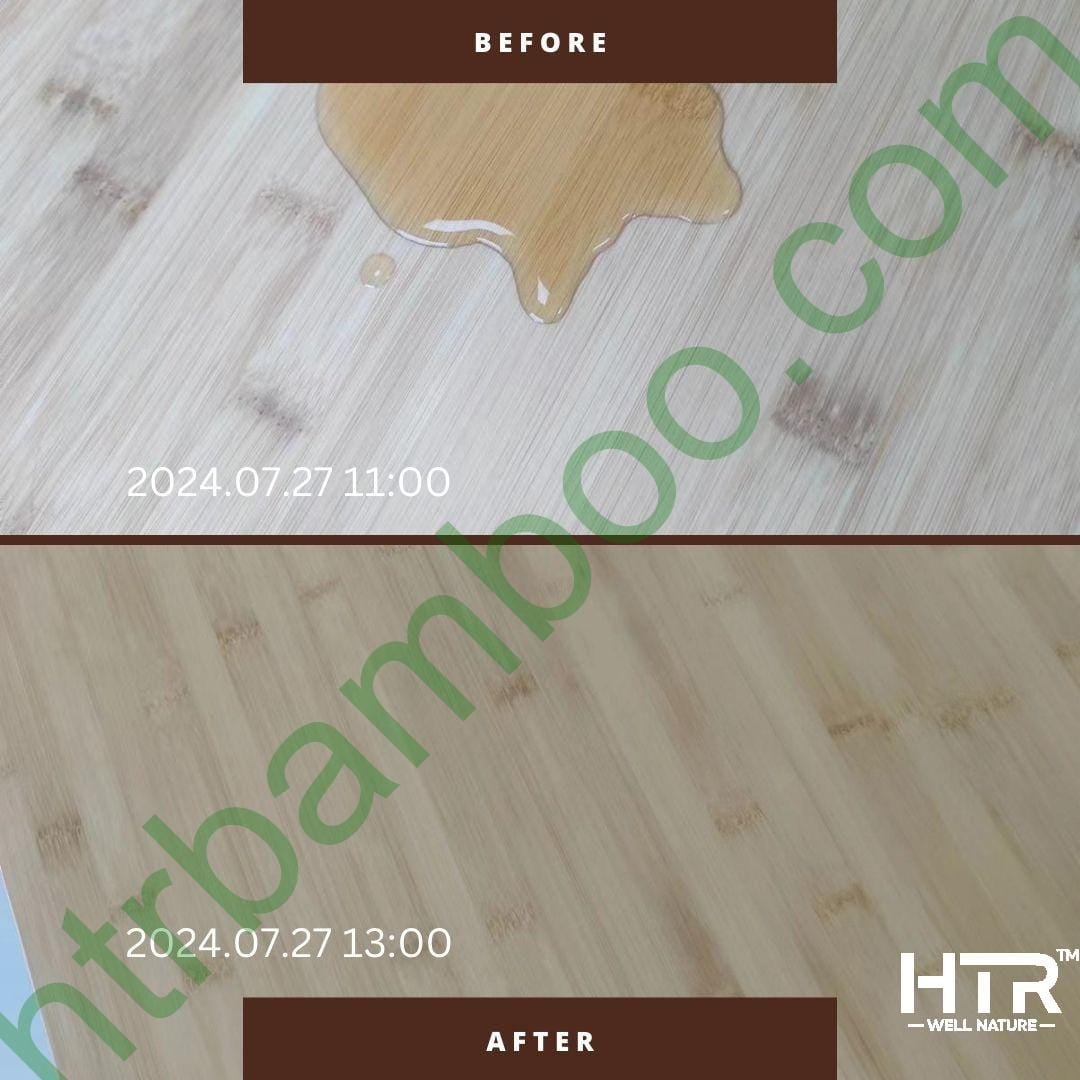
Conclusion from the Test:
Our coffee stain test confirms that choosing the right finish (such as water-based polyurethane or a quality natural oil with a UV-resistant topcoat) not only enhances aesthetics and durability but also provides excellent protection against everyday stains. This is crucial for both indoor applications like kitchens and bathrooms, where spills are inevitable.
Long-Term Maintenance for Bamboo Plywood
Once you’ve finished your bamboo plywood, proper care is essential to maintain its beauty:
- Clean Regularly: Wipe with a damp microfiber cloth to remove dust and spills. Avoid harsh chemicals that can damage the finish.
- Reapply Finishes: For natural oil or wax finishes, reapplication every 6-12 months can rejuvenate the surface and maintain protection.
- Repair Scratches: Lightly sand affected areas and refinish with the original finish to restore a smooth surface.
Using eco-friendly maintenance products further supports sustainability while keeping your bamboo plywood in excellent condition.
Why Bamboo Plywood Deserves the Right Finish
Bamboo plywood is an extraordinary material—strong, versatile, and sustainable. When finished correctly, it becomes even more beautiful and durable, making it ideal for modern design projects.
By choosing the right finish based on your needs, preparing the surface properly, and maintaining it over time, you’ll ensure your bamboo designs remain a stunning centerpiece in your home or office.
If you're looking for premium bamboo plywood products or eco-friendly finishing options, explore Well Nature Bamboo's extensive range of sustainable bamboo materials. From countertops to furniture-grade plywood, they’ve got you covered. 🌿
Share This Story, Choose Your Platform!
Table of Content
- Why Finish Bamboo Plywood?
- Best Finishing Options for Bamboo Plywood
- Step-By-Step Guide to Finishing Bamboo Plywood
- Common Issues and Solutions When Finishing Bamboo Plywood
- Real-World Coffee Stain Test: Before & After Results
- Long-Term Maintenance for Bamboo Plywood
- Why Bamboo Plywood Deserves the Right Finish
Join Our Newsletter
Latest Posts
Copyright 2020 – 2030 Well Nature Bamboo
All Rights Reserved!

